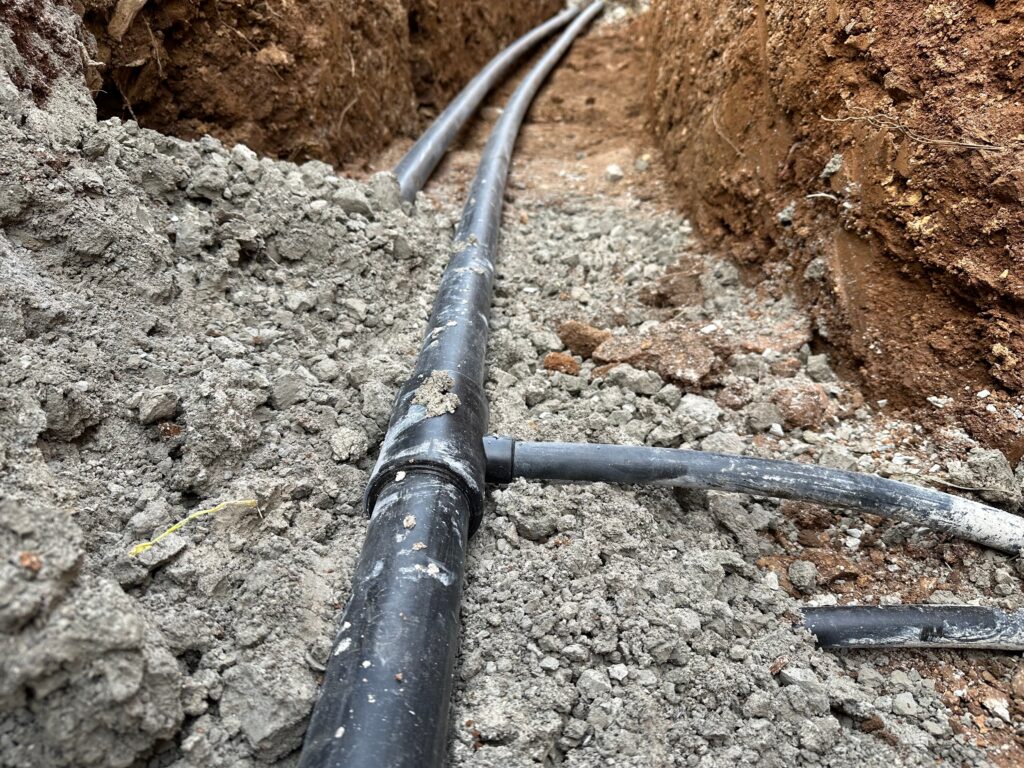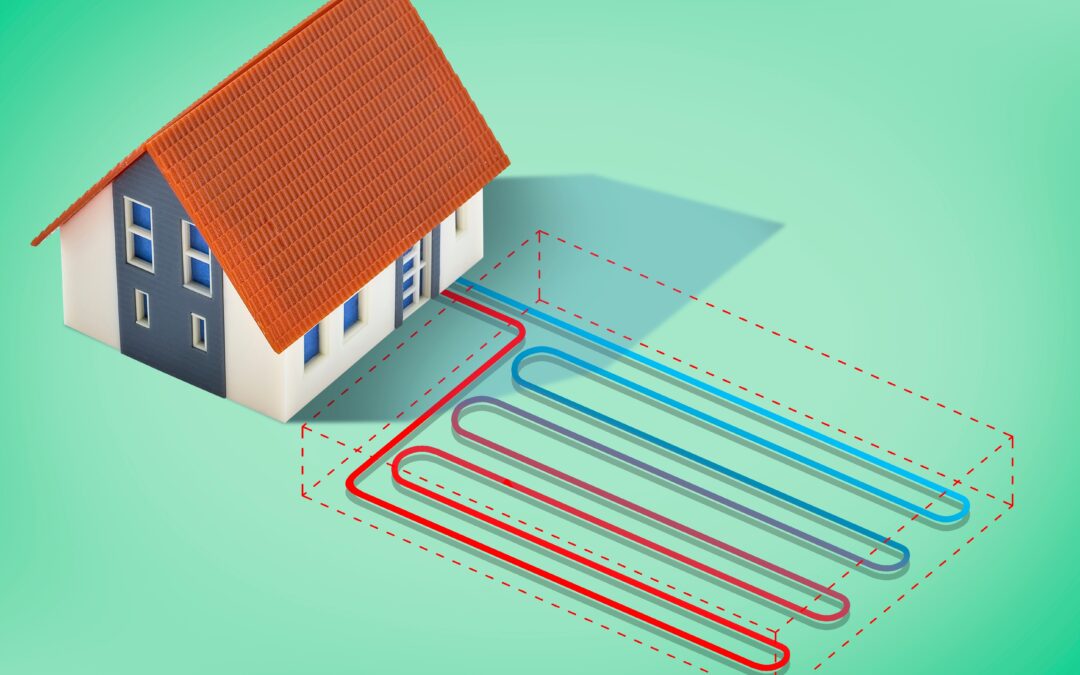In the dynamic world of HVAC solutions, geothermal heating and cooling stands as a sustainable and efficient alternative. This comprehensive guide aims to unravel the mysteries behind geothermal systems, answering the crucial question: How does geothermal heating and cooling work? Let’s embark on a journey through the depths of the Earth to discover the secrets of this eco-friendly technology that is reshaping the way we regulate indoor temperatures.
Understanding the Basics: How Does Geothermal Heating and Cooling Work?
Geothermal heating and cooling tap into the Earth’s consistent underground temperature to regulate indoor climates. Unlike traditional HVAC systems that rely on external air conditions, geothermal systems harness the stable temperature of the Earth’s crust for enhanced efficiency.
1. Ground Loop System: Harnessing Earth’s Constant Temperature
At the heart of geothermal systems is the ground loop, a series of pipes buried beneath the Earth’s surface. These pipes circulate a mixture of water and antifreeze, absorbing the Earth’s stable temperature, typically around 50 to 60 degrees Fahrenheit. This consistent temperature serves as a baseline for both heating and cooling processes.
2. Heating Process: Extracting Earth’s Warmth
During colder months, when the air above ground is cooler than the Earth’s crust, the geothermal heat pump extracts warmth from the ground loop. This process involves compressing the fluid in the loop, increasing its temperature. The now-warmed fluid is then circulated through the indoor system, releasing heat to warm the air. The result is an energy-efficient and sustainable heating process.
3. Cooling Process: Dispersing Excess Heat Underground
Conversely, in warmer months, when the air above ground is warmer than the Earth’s crust, the geothermal system acts as a cooling mechanism. The heat pump extracts warmth from indoor air and disperses it into the Earth via the ground loop. The cooler air is then circulated throughout the building, providing a consistent and energy-efficient cooling effect.

Environmental Benefits: Why Geothermal?
Geothermal heating and cooling systems offer a multitude of environmental benefits, making them an increasingly popular choice for eco-conscious homeowners:
- Reduced Carbon Footprint: By relying on the Earth’s stable temperature, geothermal systems significantly reduce reliance on fossil fuels, leading to lower carbon emissions.
- Energy Efficiency: Geothermal systems can achieve high levels of energy efficiency, translating to lower energy bills and reduced overall energy consumption.
- Renewable Energy Source: The Earth’s temperature is a perpetual and renewable energy source, making geothermal systems sustainable in the long run.
Installation and Maintenance: The Practical Aspects
While the concept of geothermal heating and cooling is fascinating, the practicalities of installation and maintenance are equally crucial. Geothermal systems do require an initial investment, but they often pay off through energy savings over time. Professional installation ensures the proper placement of ground loops and the seamless integration of the heat pump into the existing HVAC infrastructure.
Regular maintenance involves checking the fluid levels in the ground loop, ensuring proper pump and compressor function, and assessing overall system efficiency. While geothermal systems are known for their durability, professional servicing enhances their longevity and performance.
Conclusion: Geothermal Revolutionizing Indoor Comfort
In summary, geothermal heating and cooling leverage the Earth’s stable temperature to create an energy-efficient and sustainable solution for indoor comfort. The ground loop system, combined with innovative heat pump technology, transforms the constant temperature beneath the Earth’s surface into a reliable source for both heating and cooling.
As the world shifts towards sustainable living, geothermal systems emerge as a front-runner in the quest for eco-friendly HVAC solutions. By understanding how geothermal heating and cooling work, homeowners can make informed decisions about adopting this revolutionary technology, contributing to both environmental conservation and long-term energy savings. Consider reaching out to HVAC professionals for a detailed assessment and consultation on how geothermal systems can be tailored to meet your specific needs. Embrace the geothermal revolution and experience a new era of sustainable, efficient, and comfortable indoor living.


Recent Comments